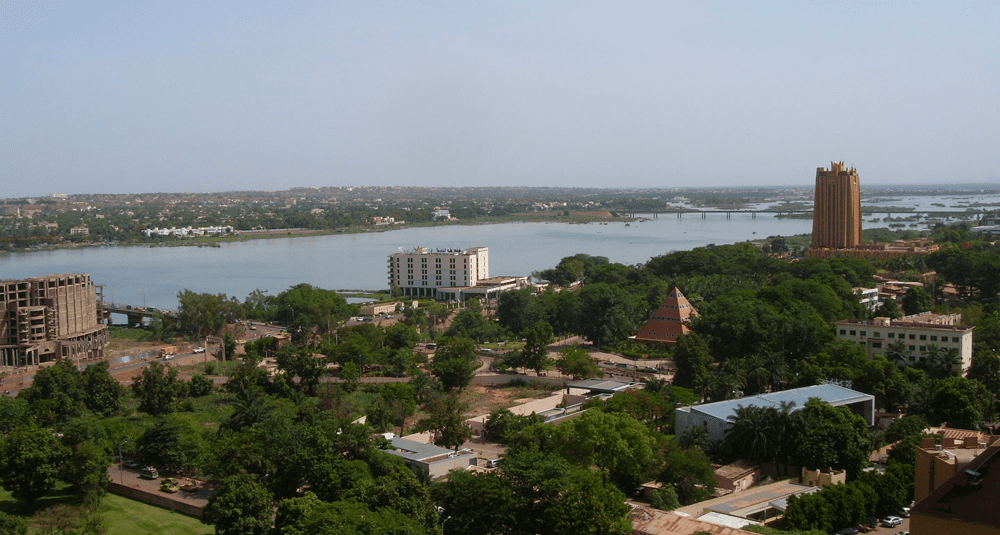What is the capital of Mali?
Last Updated:
The capital of Mali is Bamako, a city on the banks of the Niger River. Bamako is not only Mali’s largest city, but also the country’s political, economic and cultural center. With a population of over two million, it is one of the most dynamic cities in West Africa.
The Bamako region has been inhabited for millennia, with traces of human occupation dating back to the Neolithic period. However, the city itself began to develop significantly from the 19th century onwards.
During the French colonial period, Bamako was chosen as the capital of French Sudan (which became Mali after independence). In 1908, it became the seat of the colonial administration, which led to its rapid development as an administrative and commercial center.
Mali gained independence from France in 1960, and Bamako became the capital of the new Republic of Mali. Since then, the city has continued to develop and modernize, despite economic and political difficulties.
The National Museum of Mali boasts a rich collection of objects tracing Mali’s history and culture, including sculptures, masks and traditional textiles.
Located in the heart of Bamako, the Parc National du Mali offers green spaces for locals and visitors alike, with botanical gardens, hiking trails and picnic areas.
Bamako’s Pink Market is one of the city’s most famous markets. It is renowned for its handicrafts, spices and traditional clothing. It’s the ideal place to discover local life and buy souvenirs.
An example of colonial architecture, Bamako Cathedral is one of the city’s main Christian places of worship.
Bamako is renowned for its vibrant music scene, particularly Malian blues and jazz. The city is home to many famous musicians, including Salif Keita and Ali Farka Touré. Numerous music festivals are held here, attracting artists and visitors from all over the world.
Bamako’s cuisine is rich and varied, influenced by Mali’s different ethnic groups. Typical dishes include rice with fish, tô (a type of millet or corn paste) and yassa chicken. Local markets and restaurants offer a wide variety of flavors to discover.
Nightlife in Bamako is lively, with numerous bars, clubs and restaurants offering live music and entertainment. Locals like to get together to dance and listen to music, which creates a friendly, festive atmosphere.
Bamako is experiencing rapid population growth, which poses challenges in terms of housing, transport and infrastructure. The Malian government is working on development projects to improve living conditions in the city.
Like many developing cities, Bamako faces economic problems such as unemployment and poverty. Efforts are underway to diversify the economy and create new employment opportunities.
As the capital, Bamako is the seat of Mali’s government, housing the main political institutions, including the presidential palace, parliament and ministries.
Bamako is an important economic center for Mali, with activities in trade, agriculture and services. Bamako’s river port also plays a key role in trade with neighboring countries.
Bamako is the capital of Mali, a dynamic and fast-growing city on the banks of the Niger River. With a rich history, vibrant culture and a central role in the country’s politics and economy, Bamako is a fascinating city that continues to develop and modernize. Despite its challenges, the resilience and creativity of its people make it a unique and essential place to understand contemporary Mali.
geography

What is the capital of Mali?
Answer
Mali's capital is Bamako. Situated on the banks of the Niger River, Bamako is the country's political, economic and cultural center, and home to many important institutions.